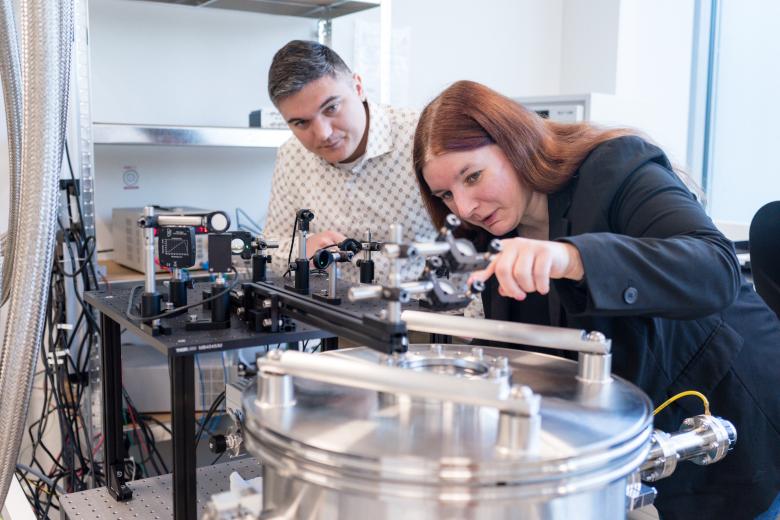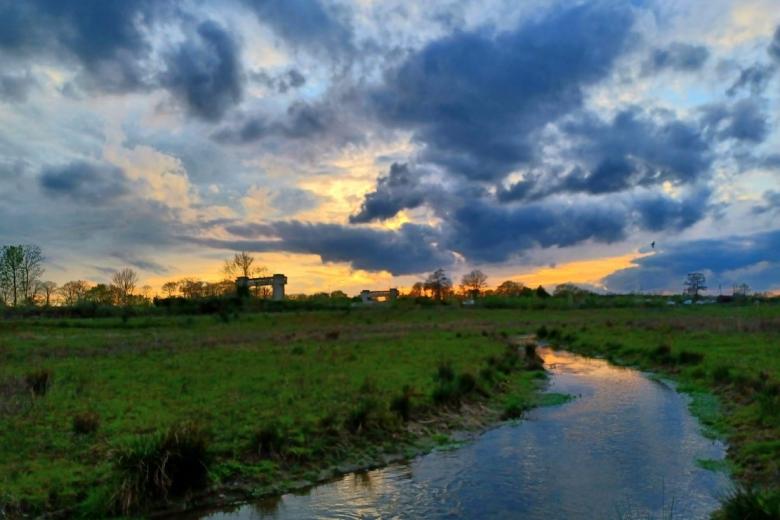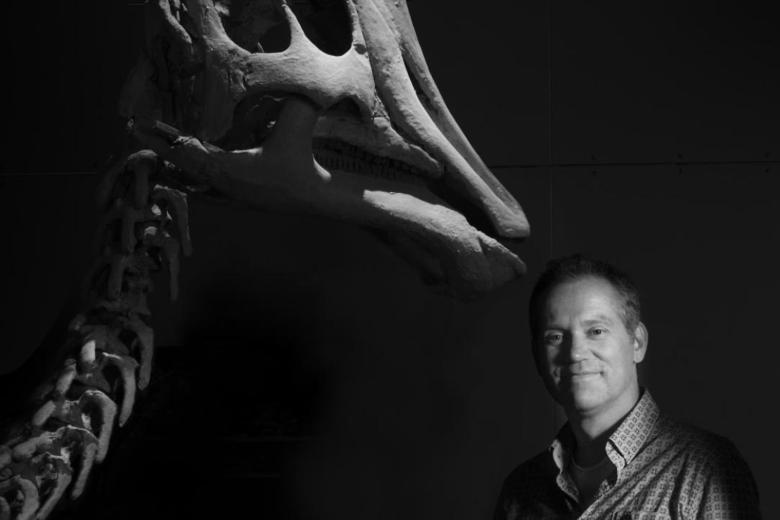Beyond the bang: how Maastricht scientists helped win the Breakthrough Prize
This year's Breakthrough Prize in Fundamental Physics was awarded to the 17,500 scientists working on the Large Hadron Collider, including researchers from Maastricht University’s Faculty of Science and Engineering. They contribute to major experiments exploring the universe’s deepest mysteries...







